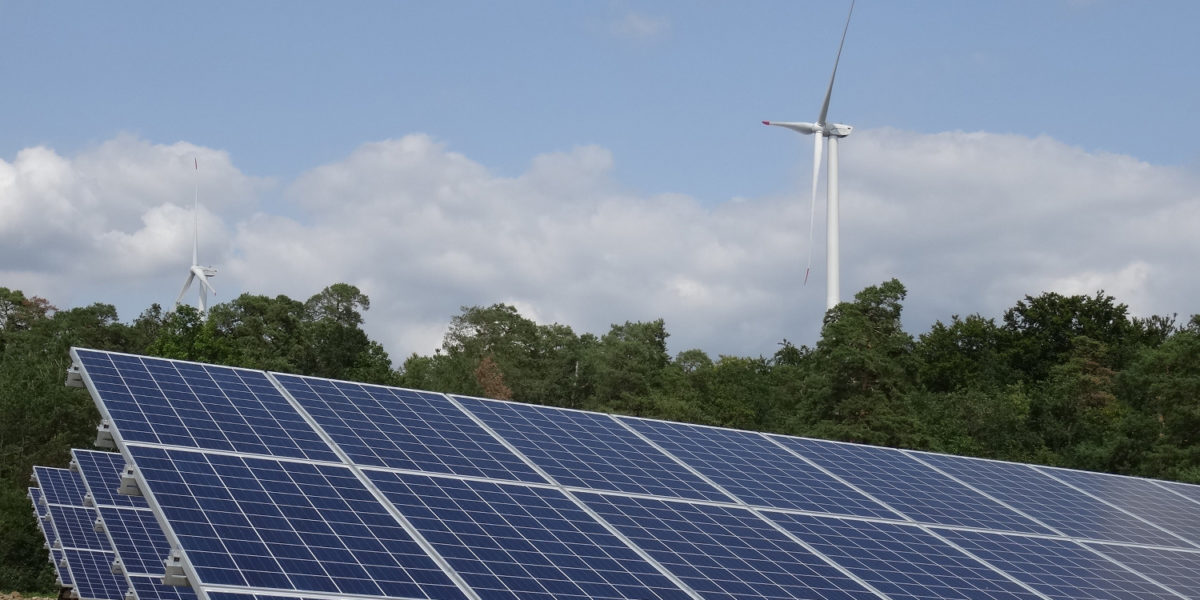“What happens when the sun doesn’t shine and the wind doesn’t blow?” It is a well-worn objection to renewable energy as too intermittent and unreliable to provide a safe and constant power supply.
It is an argument, however, that has not been heard too often in recent years, as the ranks of renewables opponents have thinned and as wind and solar have proven more reliable and predictable than previously thought.
A demonstration of this has now been highlighted by Vaisala, a Finnish provider of observation and measurement products and services, which has reported the heatwave afflicting Western countries such as the U.K., France, Spain, Germany, Belgium, the Netherlands and much of Scandinavia created conditions for a considerably higher output from solar power generators to coincide with a fall in generation from wind turbines.
Wind and solar can balance each other out
The company’s wind and solar performance maps of Europe show wind power resources in July were 20% lower than average but that solar irradiance made up the difference. Vaisala claims its measurements – obtained from nearly 40 years of wind and solar data – clearly demonstrate solar picks up the slack when there is a wind drought, at least in Europe. “Europe is one of the few regions of the world where solar and wind anomalies are consistently anti-correlated over large geographic regions,” said the company, in relation to a heatwave which is caused by a high-pressure system expected to be present until October.
“This new data shows that large-scale anomalies are not a one-time occurrence, and it may be time for the European market to follow suit in thinking about how it can become ‘climate resilient',” said Vaisala's Director of Renewable Energy, Pascal Storck. “Often wind and solar technologies are played against each other but the reality is that a diverse portfolio, obtained by building out both to a large scale, will be the solution to long-term variability of this nature.”
The authors of the analysis, however, stress not every Western European country saw this balancing effect. Portugal, for example, saw both wind and solar fall.
“Ultimately investment in robust, site-specific weather and climate data remains a critical requirement – particularly as the European market enters a post-subsidy phase in which project margins are getting tighter, and the impact of any resource shortfall is felt more keenly than ever,” Mr. Storck added.
This content is protected by copyright and may not be reused. If you want to cooperate with us and would like to reuse some of our content, please contact: editors@pv-magazine.com.




Idea is reasonable. It is only necessary to have in mind the capacity factors both of fotovoltaic and wind which are different. I.e. such robust climate resilient portfolio have to consists of two times more fotovoltaic than wind.